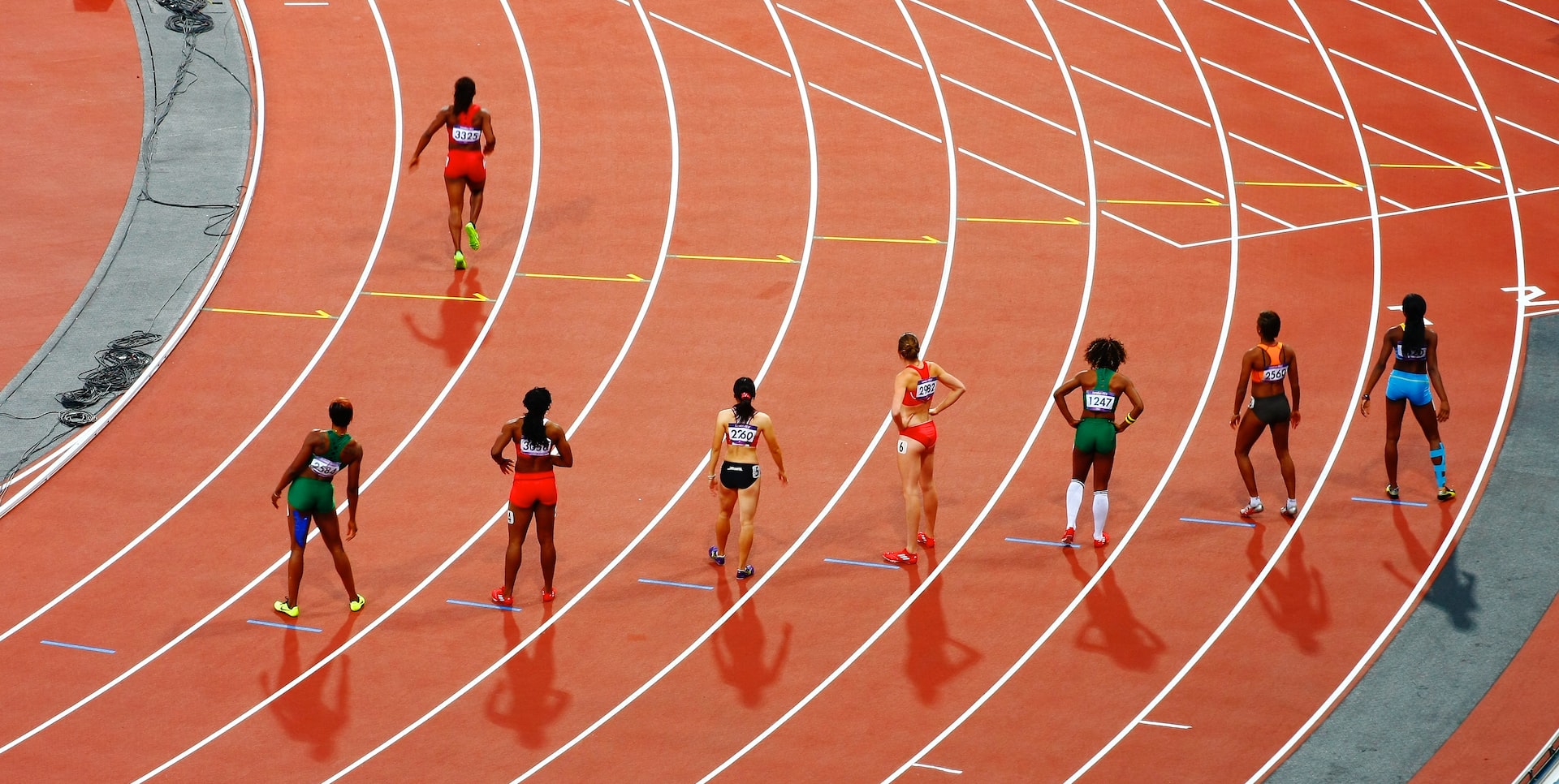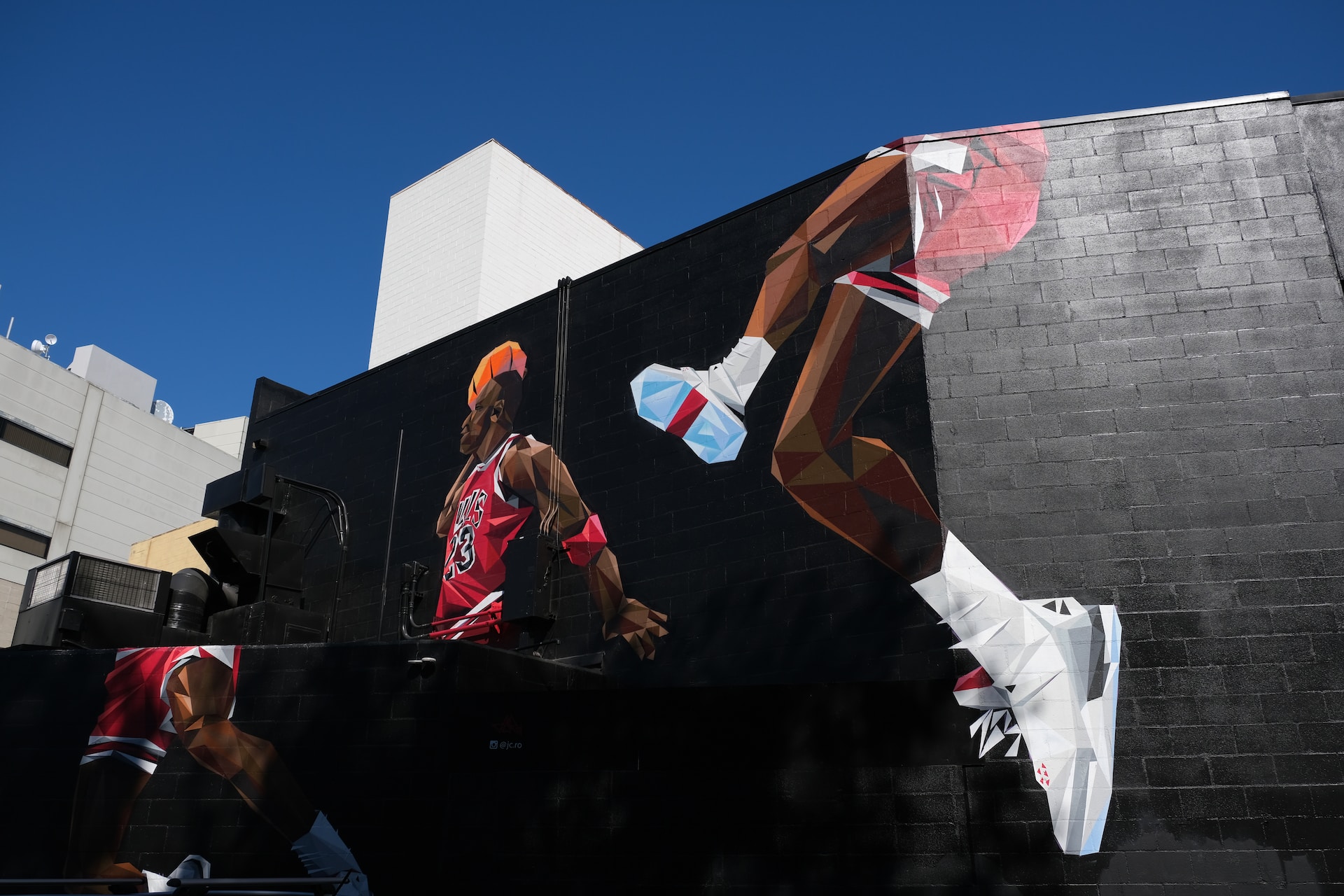Soccer is one of the most popular sports in the world. More than 250 million people play it, the most popular sport in many countries. Soccer balls have changed significantly over time, which has led to some of them being banned or modified because they were too dangerous for players to handle.
The first documented soccer game took place in London around 1850, but we can trace the history of soccer balls back much further than that—all the way back to Ancient Rome!
Ancient Romans
The ancient Romans used a leather ball, stuffed with hair, wool, and cork. The football was made in the shape of a pear and inflated with air.
The Romans had an oval-shaped ball that resembled today’s rugby balls. They called these “latrunculi” (meaning “battleships”).
The Romans also played an early form of soccer called harpastum, which involved kicking a leather ball into the net on top of posts erected over a field where players were lined up at either end like they are today in soccer games.
Harpastum was played by gladiators kicking the ball around while their weapons were tied up before fighting each other to death!
The British and the modern soccer ball
The British used to play football with a round leather ball, so their game style differed from modern soccer.
The modern soccer ball was invented in the late 19th century and can be made of synthetic materials, which makes it more durable than its predecessor. It also has a bladder inside that helps keep it in shape when you kick it.
The 1910s to the 1930s
In the early 20th century, soccer balls were typically made of leather and had a smaller size than they do today.
In fact, they were not even round. The balls tended to be oval-shaped due to the handmade construction process. During this period, soccer was gaining popularity in Europe as an international sport played by all ages and sexes alike—not just young men who had gone through military training like in England or Germany.
The 1940s and 1950s
The 1940s and 1950s saw a variety of changes in the soccer ball. For one, it was still made out of leather, but the leather was thicker than in previous years.
The ball also became larger in size and more roundly shaped. This allowed for more accurate shooting and better control on the field.
As with all other incarnations of the soccer ball before it, it was still inflated with air and handmade by hand by factory workers who stitched together its panels using sewing machines.
The 1960s and 1970s
Slazenger manufactured the first synthetic soccer ball in England in the early 1960s. It was called the ‘Slazenger Black Beauty,’ and it had a thermoplastic rubber bladder. The black, more weather-resistant material helped improve performance.
The Adidas Telstar featured 32 black pentagonal panels and FIFA’s logo on its white inner lining. The first modern soccer ball was also introduced during this period. This marked the beginning of many improvements to come!
In 1973, Pelé signed an endorsement deal with Adidas that included a signature line of products, including shoes, clothing, and equipment such as balls.
Their partnership lasted until 1982, when they switched over to Nike brand footwear instead (although there were still some limited collaborations between them after this point).
The 1980s
In the 1980s, soccer balls were made of leather. This is a very important fact because it helped shape how we think about soccer in America today.
The ball was changed when Adidas introduced the first synthetic leather ball, which was FIFA’s approved ball for World Cup 1998 and Euro 2000. The new synthetic leather had several different colors that teams could choose during matches and could be customized with their logo or crest at no extra charge!
Today
Today, soccer balls consist of synthetic materials. They are rounder, softer, and heavier than their earlier counterparts. The ball’s surface also has a better grip. In addition, it is now printed with numbers for easy identification during play.
Today’s soccer balls have undergone many changes— from animal skins to synthetic materials that give players a better grip on the ball. These advancements in technology have helped make this sport more enjoyable for everyone involved!
Conclusion
There is no doubt that the soccer ball has played a crucial role in the development of football and other sports. The soccer ball has been around for centuries but is still evolving. It is one of the most important pieces of equipment in any game.














